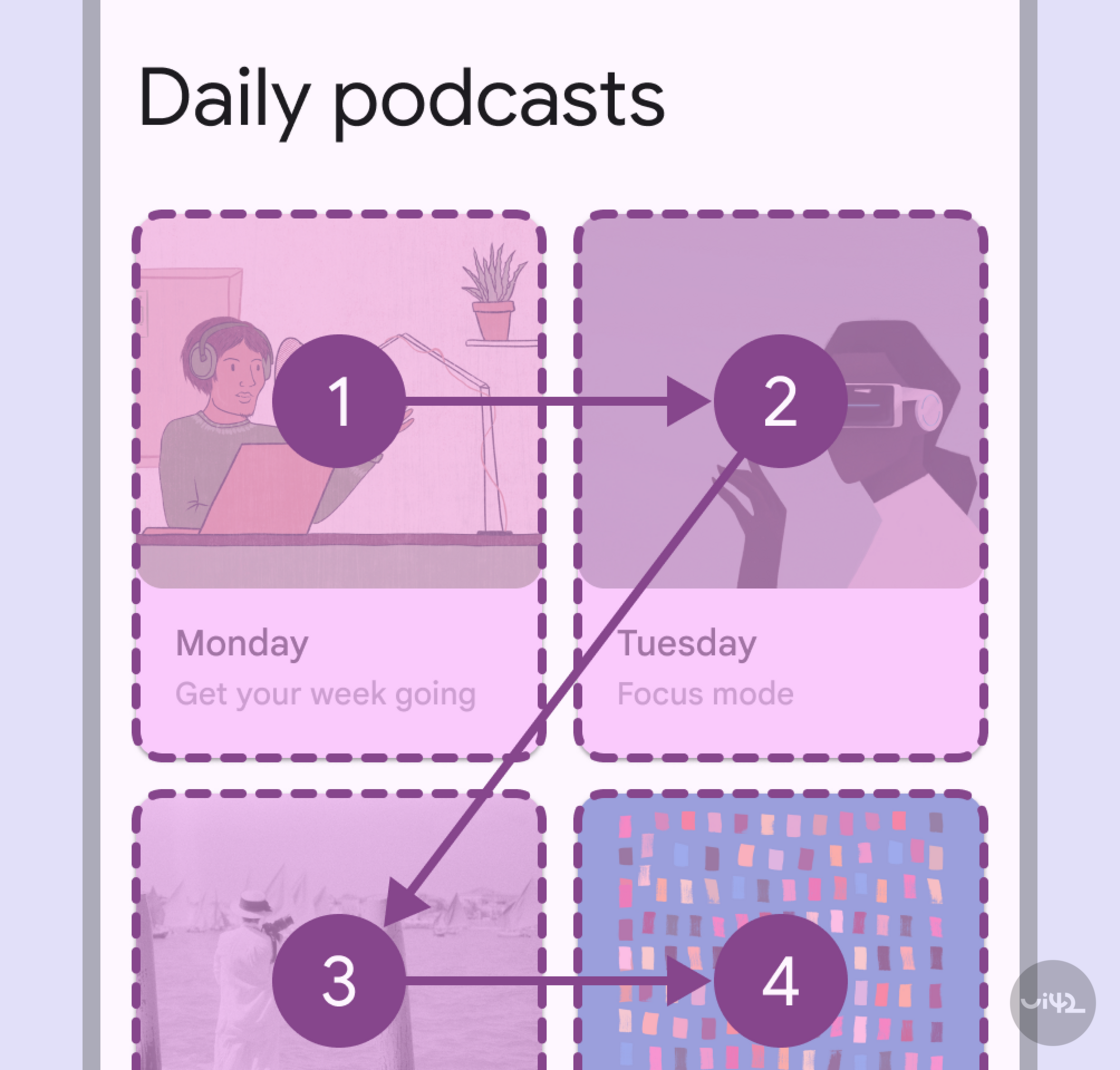The new EU rules on the accessibility of digital products are inevitably approaching, and it's time to prepare for them properly. Accessibility is not just about legislative regulations and compliance with the latest WCAG standard - it's also about the opportunity to create a truly inclusive digital environment. At ui42, we have conducted dozens of successful accessibility audits, and thanks to them, we have identified where companies and their websites most often fail. We bring you a ranking of the 10 biggest and most common offenses that you might be committing as well.

1. Insufficient Color Contrast
One of the barriers we encounter more often than we'd like during our audits is insufficient color contrast. Insufficient contrast is not just an aesthetic issue but also a usability one. If a user cannot see your content, it's as if it doesn't exist. The correct contrast should meet the WCAG 2.2 standards at the AA level. For regular text, the contrast against the background should be at least 4.5:1 and for large text 3:1.
Uičkovský Tip: If you want to check your color contrast, you can use an online tool - https://colourcontrast.cc/
2. Complex Navigation
Website navigation should be simple, clear, and intuitive. Don't reinvent the wheel and don't place elements like the shopping cart in places other than where people are used to (in the top right corner of the page). If users of your website have to search for something, then something is not right.
Ensure consistent and predictable arrangement of elements such as buttons, links, and form fields. These should always be in the same places and behave the same way so that the user knows exactly what to expect.
And how to adapt the web for those who cannot use a mouse? Keyboard navigation. The order of elements should naturally follow the movement of the gaze – in the shape of the letter "Z", i.e., from left to right and top to bottom. Active elements, such as buttons or links, must have a distinct "focus" state so that the user can clearly see where they are. Moreover, all buttons, including those in the menu or for login, must be fully operable by keyboard. Without this, your website is absolutely unusable for some.
3. Missing Alternative Texts
Images without alternative text (alt text) are like blind spots for screen reader users. Alternative text should describe the content of the image to people who cannot see it. Therefore, forget about names like “Image123”, and instead use names like “Graph showing sales growth in Q4”. Such details make your website inclusive and professional.
4. Missing Link Descriptions
Imagine listening to a screen reader without seeing the text and all you hear is: “Click here... Click here... Click here.” You can't even guess where each CTA will redirect you. That's why we advise our clients to use phrases like “Learn more about our services” or “Download our e-book”.
5. Missing Subtitles in Videos and Alternative Playback Options
If you create a video that you want to reach everyone, don't forget about alternative playback options. Always allow users to play the video either standardly, with subtitles, or with voice commentary. And what about podcasts? They can remain in their audio essence.
6. Inaccessible Forms
Forms are often a stumbling block. If you want the user to fill in the data correctly, you must guide them. Clearly labeled fields, hints, and intuitive error messages are essential. This can include:
- Instructions and tips on the format of required data (e.g., date in MM/DD/YYYY format).
- Error messages with a clear explanation of the problem and a suggestion for correction.
- Examples of the correct format next to input fields (e.g., “Enter email address: example@domain.com”).
- Automatic corrections or data completion, if possible.
7. Use of Graphic CAPTCHA
As we mentioned in the previous article about the new upcoming accessibility law, graphic CAPTCHA, which serves to distinguish humans from automated bots, is a problem for screen readers. We recommend using alternative verification methods that are more accessible, such as Honeypot Technique, which involves adding a hidden field that only bots see, but the regular user does not.
8. Requiring Complex Passwords
How many times have you forgotten your password because it was too complicated? According to the new accessibility regulation, the requirement for strong passwords should be eliminated. Entering uppercase, lowercase letters, special characters, and numbers will be replaced by simpler authentication methods, such as biometric verification or one-time code sent via SMS or email. What passwords do you require on your website?
9. Issues with Input Modality Support
Allow users to choose how they will interact on your website or application. Whether it's keyboards, touch screens, voice control, or other control devices, such as mice with special functions or other assistive technologies.
10. Insufficient Compatibility
When creating content, don't forget the key rule – your website must be accessible to everyone, including users with assistive technologies. How to do it?
- Semantic Foundation: Think about properly labeled HTML elements and semantic code. These are like a map for assistive technologies, helping them "read" your website correctly and understandably.
- Design that Adapts: Your content must look equally good on a large monitor and on a mobile. Responsive design ensures that users with all possible devices and inputs (keyboard, touch) will have the same experience.
- Testing on All Fronts: Browsers and their versions differ, but your website must always provide the same experience, no matter where you visit it from.
- Clear Messages First: Dynamic changes on the page must be immediately communicated and visible even to screen readers. Whether it's a message “Form successfully submitted!” or “Failed to load content,” these messages must be visible to everyone.
Accessibility is Not a One-Time Task
Accessibility is not something you solve once and for all. Every major update to a website or application can encounter new issues that make it less accessible. Therefore, it is important to test accessibility regularly, especially after major changes.
Accessibility Audit is Fundamental
Don't forget that from June 2025, new EU regulations come into effect, obliging digital service providers to ensure the accessibility of their websites and applications for all users. However, accessibility is not just about meeting legislative requirements – it's an opportunity for you to reach a wider audience, strengthen your brand, and gain a competitive advantage.
At ui42, we offer professional accessibility audits that reveal barriers such as incompatibility with assistive technologies or weak contrast, and we also help you find solutions that improve the user experience. Invest in accessibility and gain more satisfied customers, better SEO, and the image of a brand that thinks of everyone. Make your digital services accessible to everyone today.













